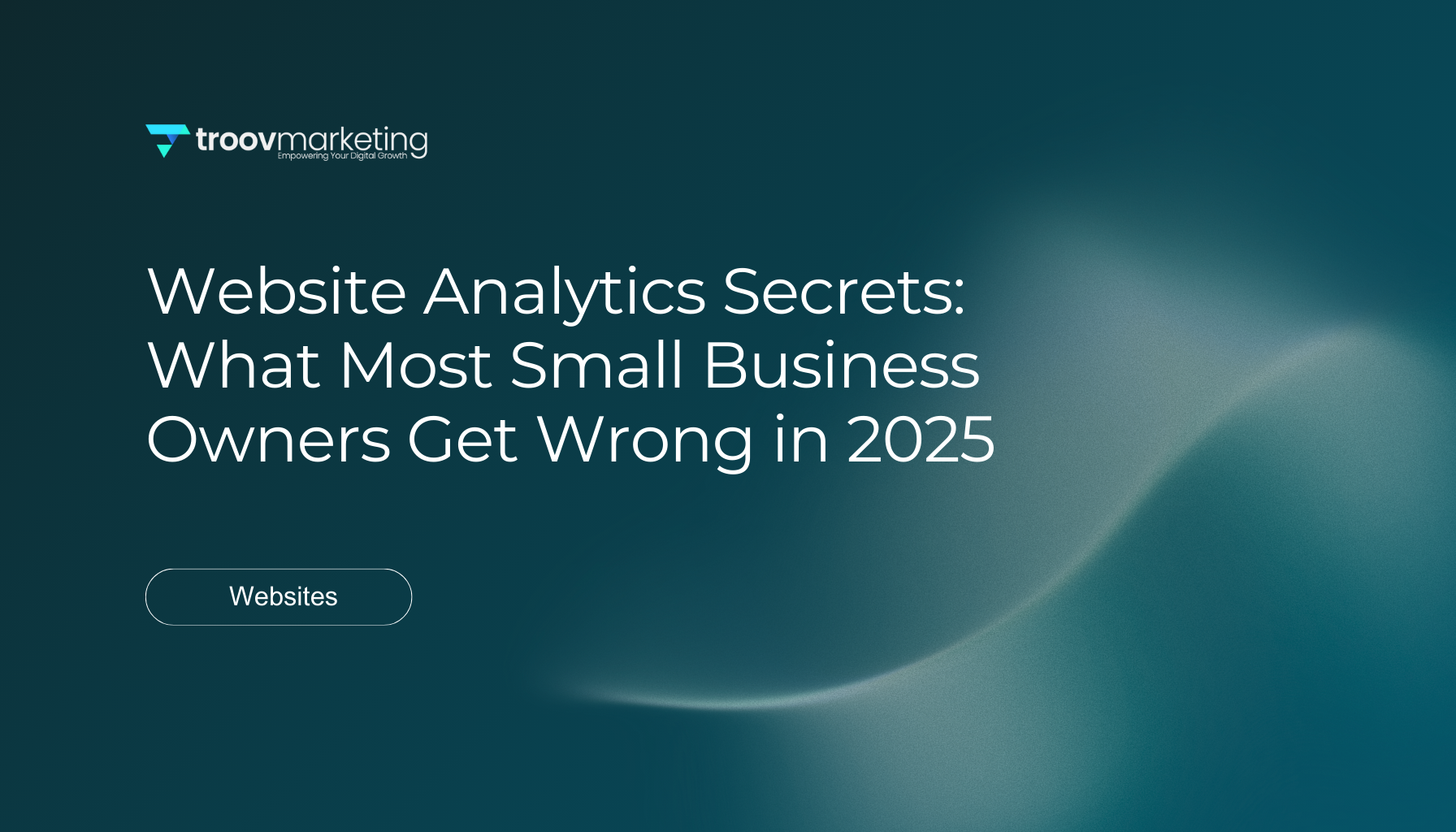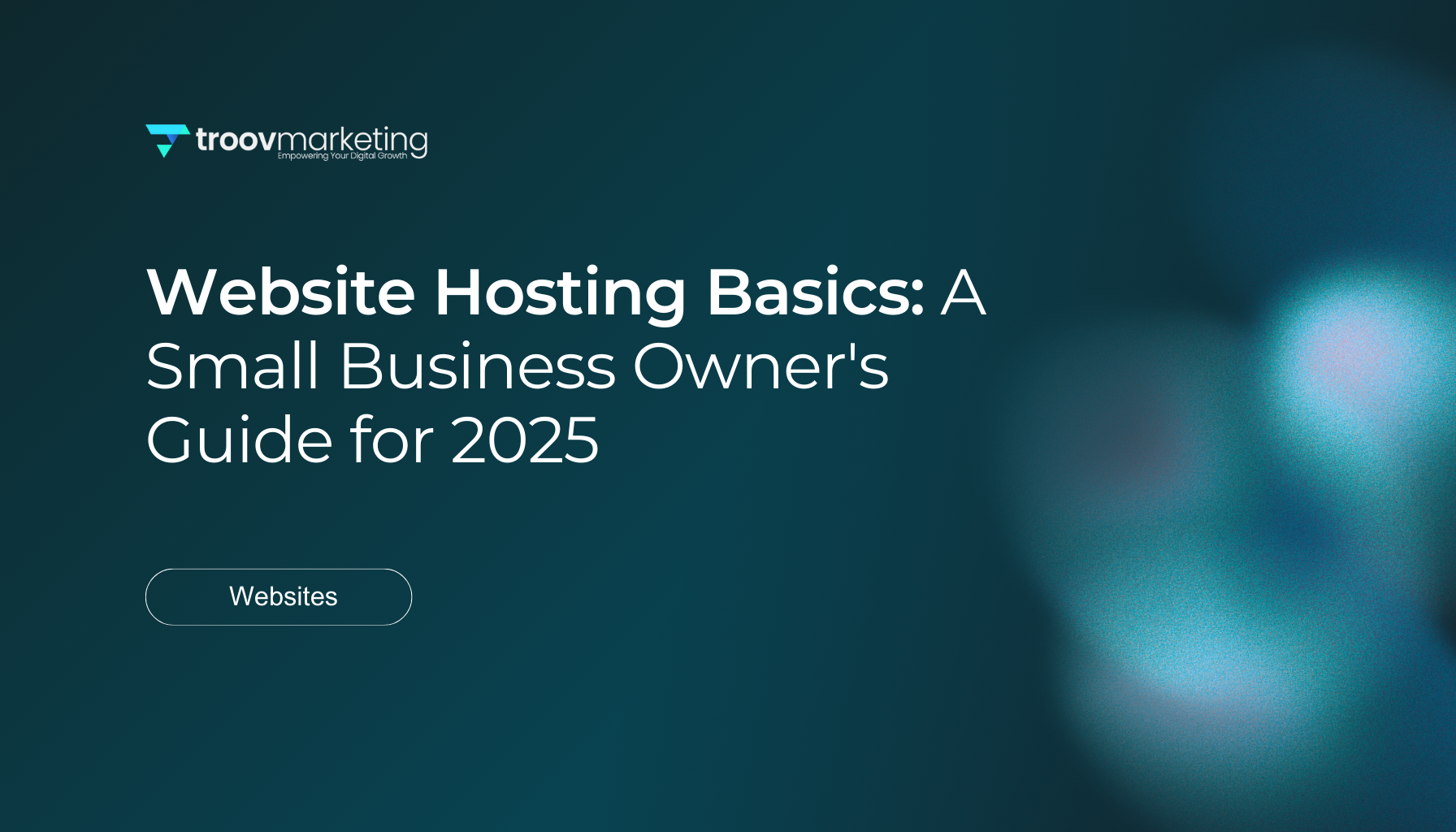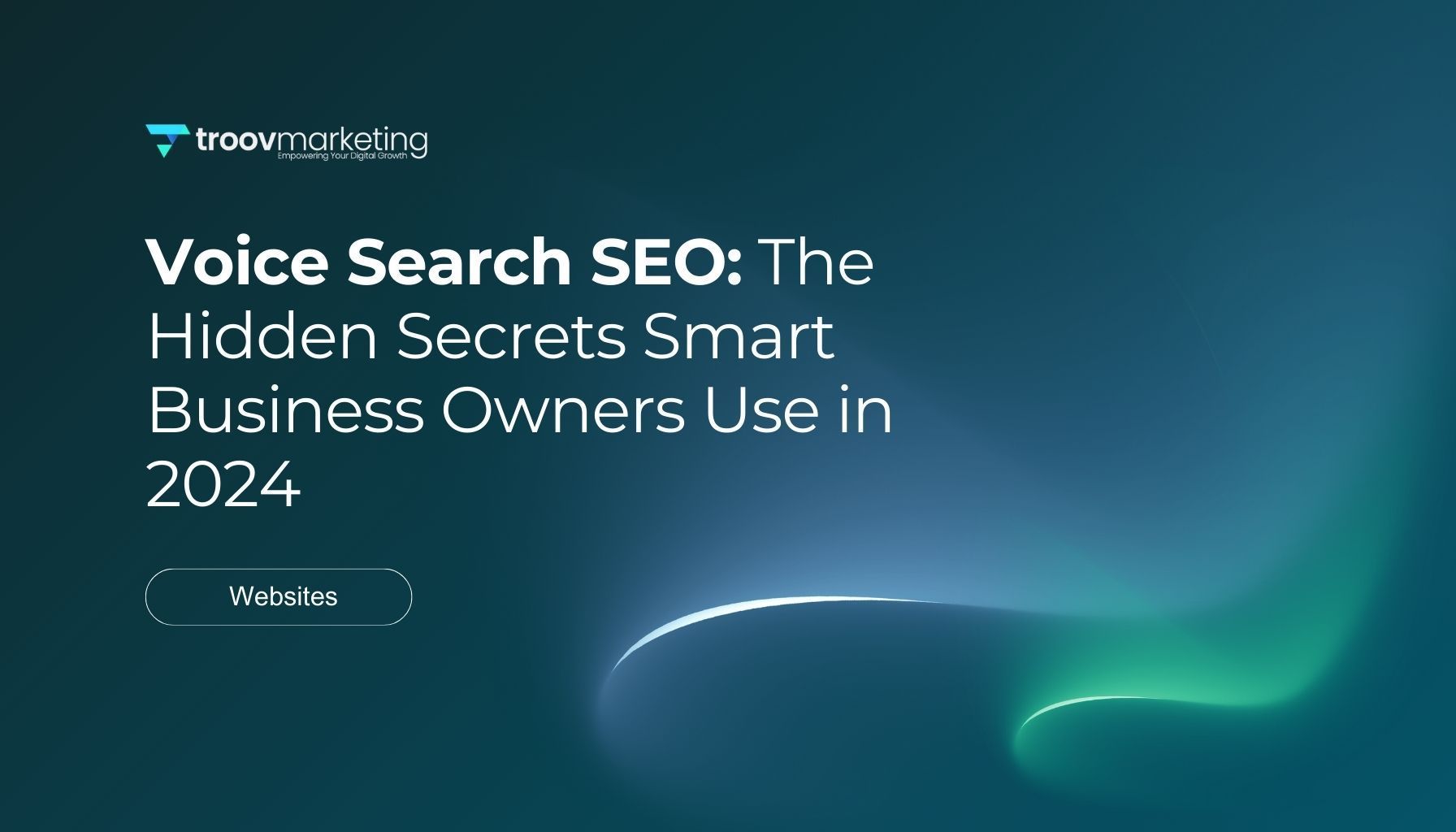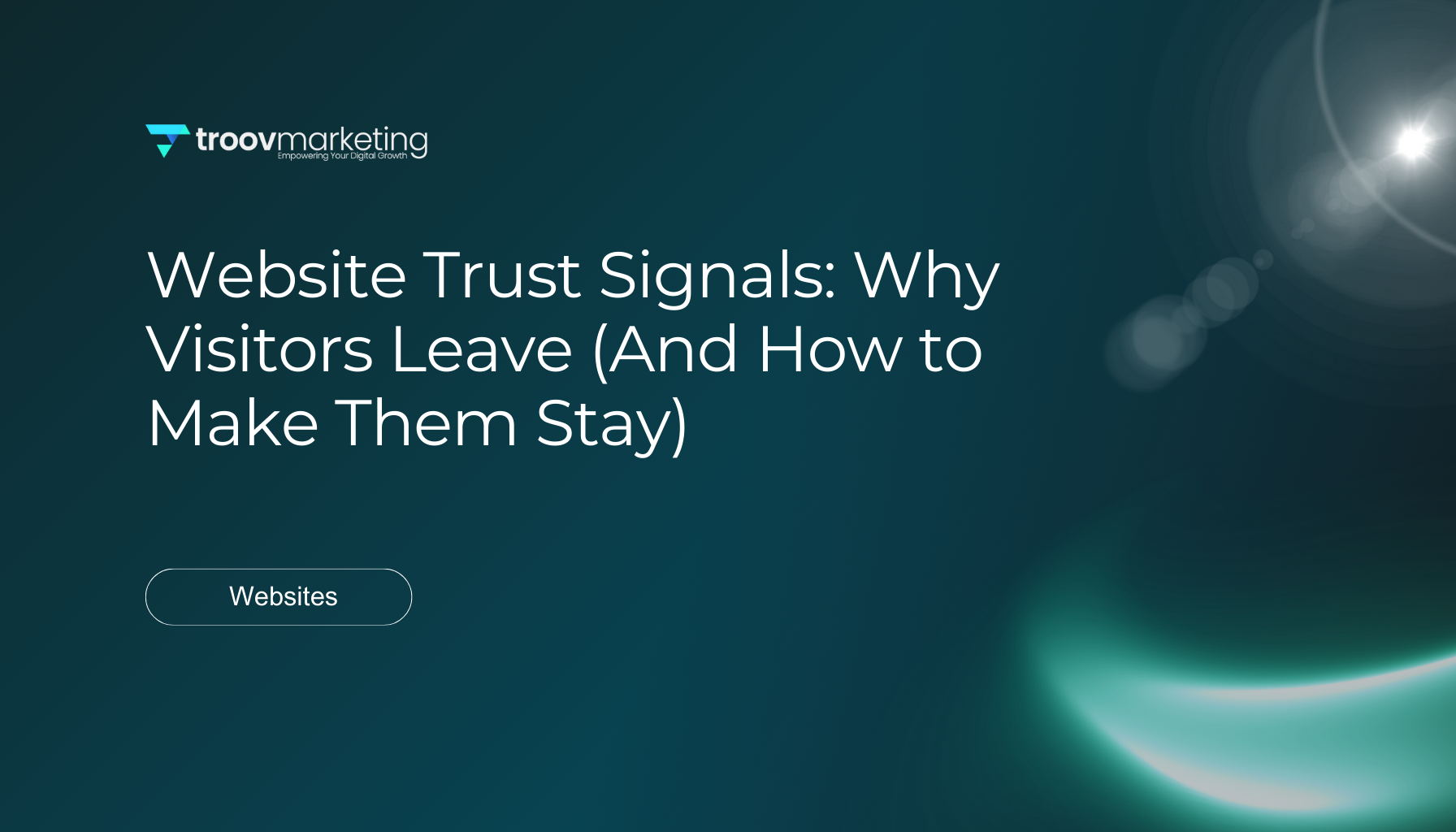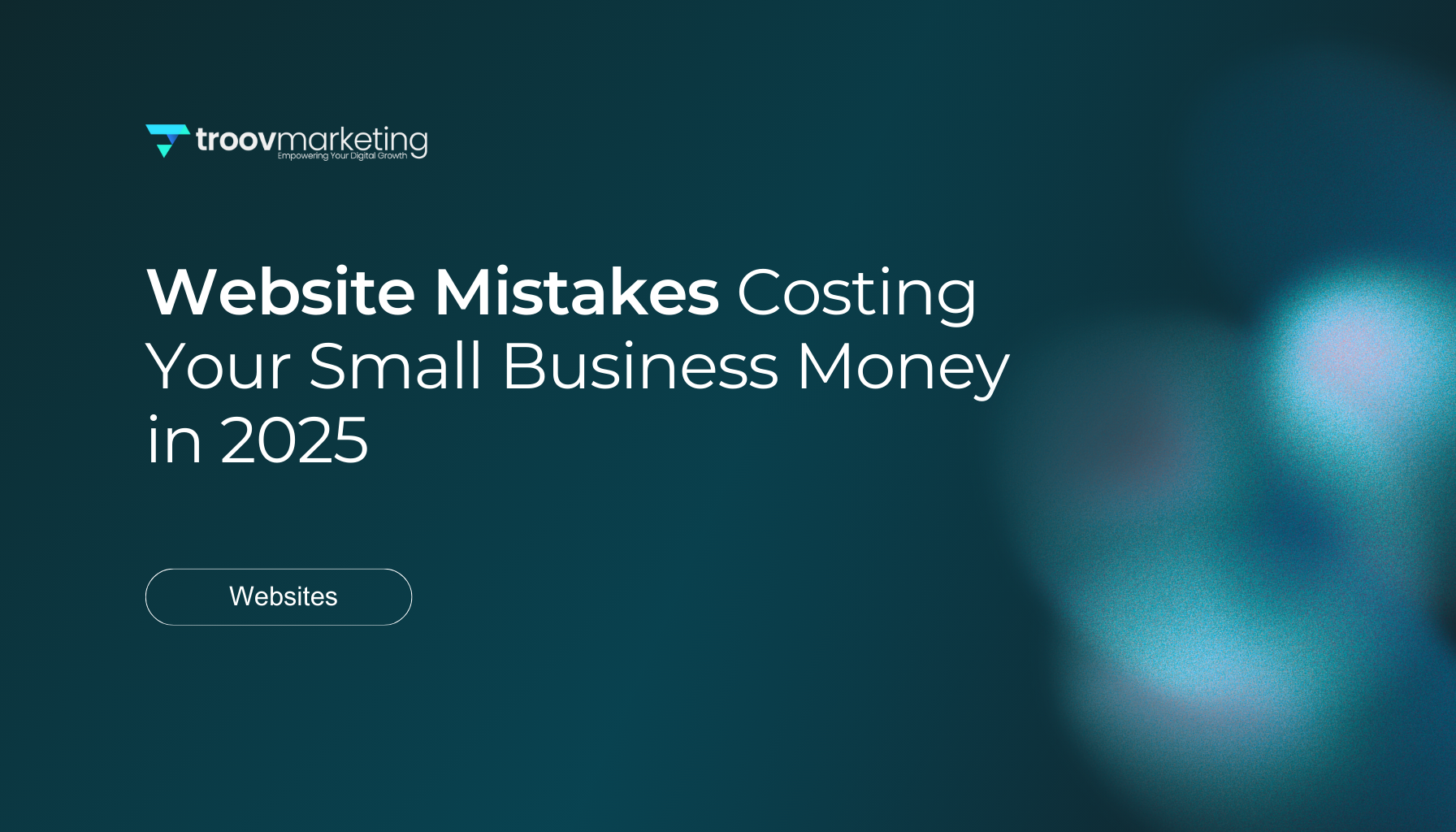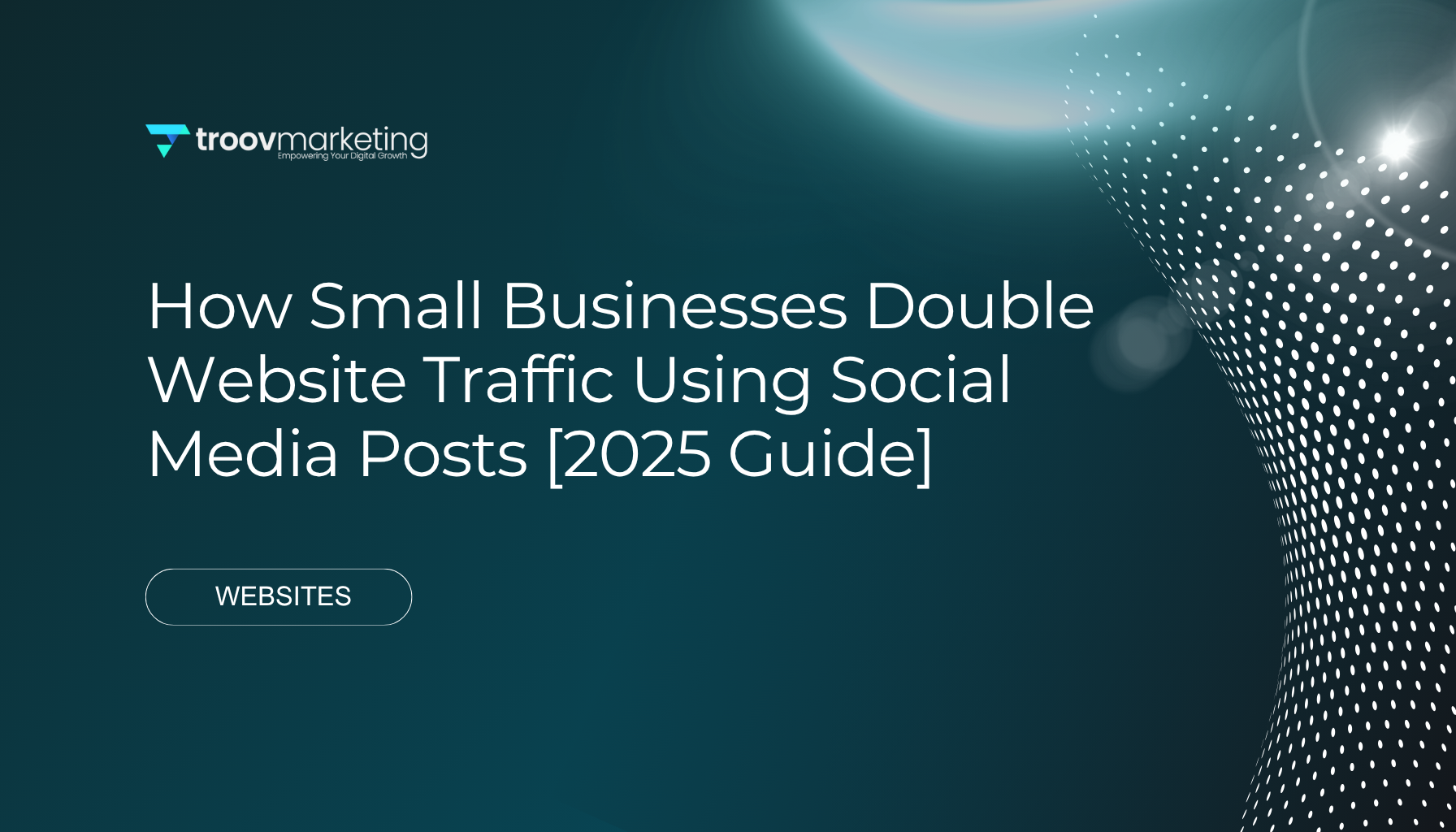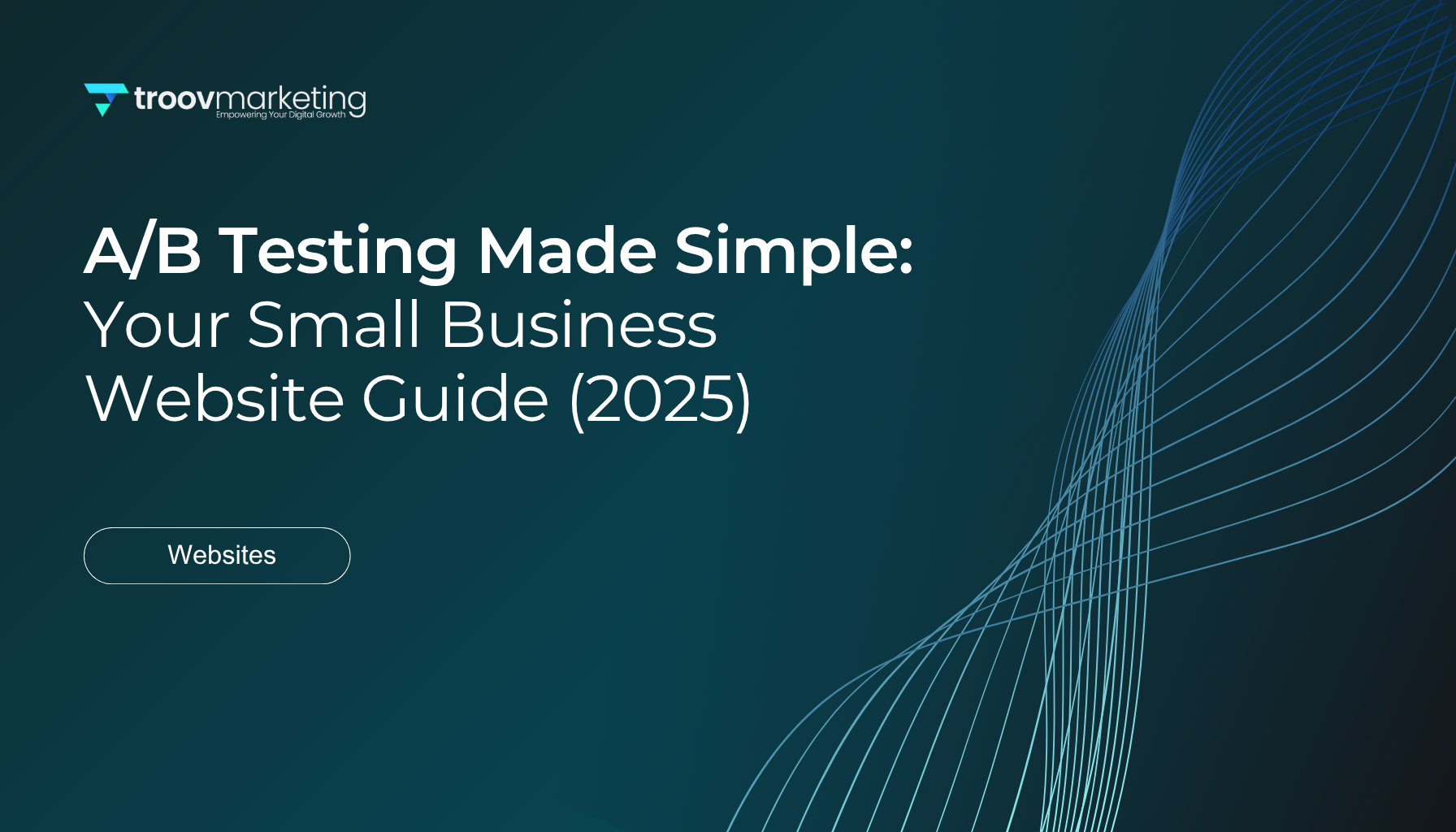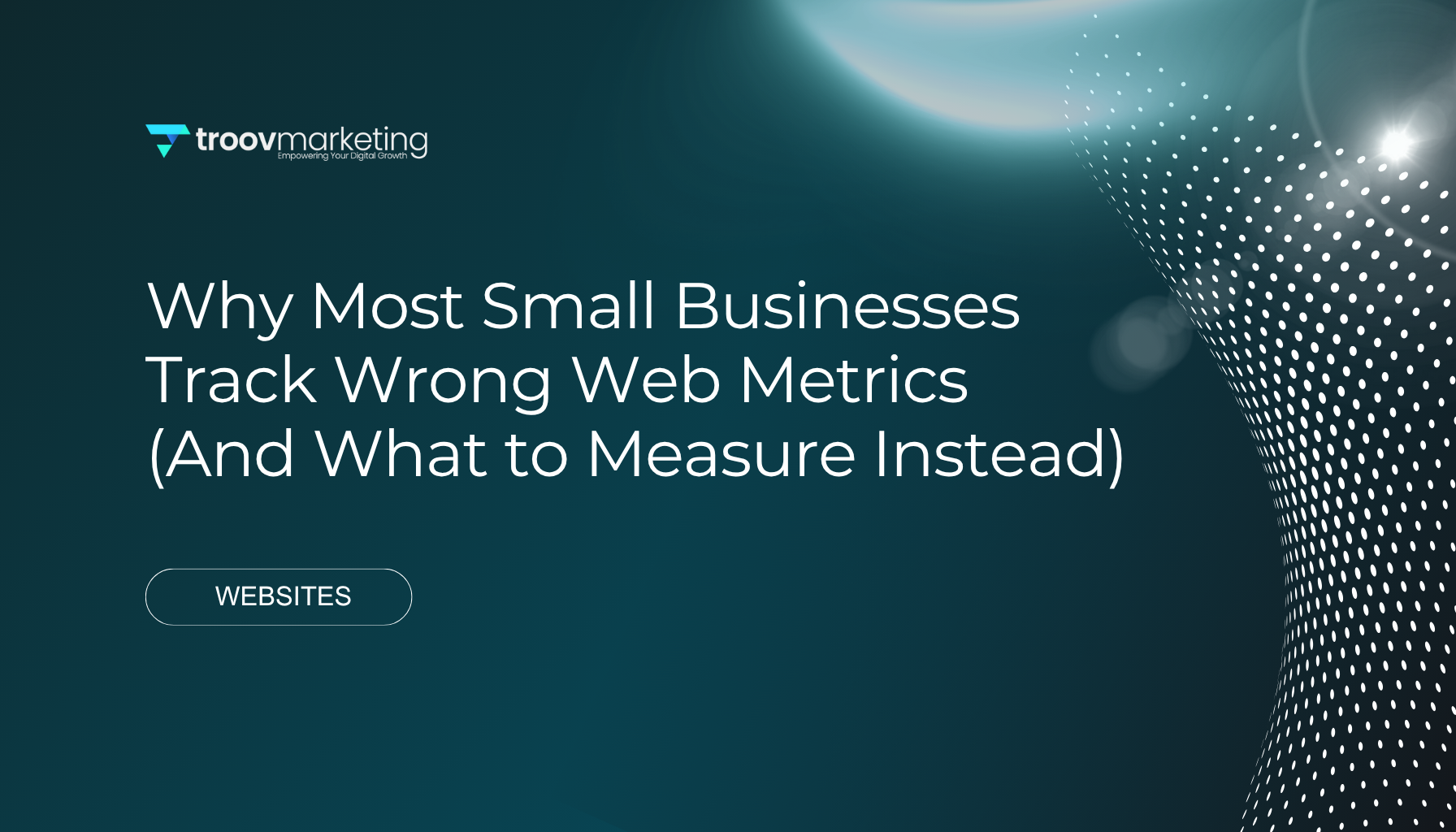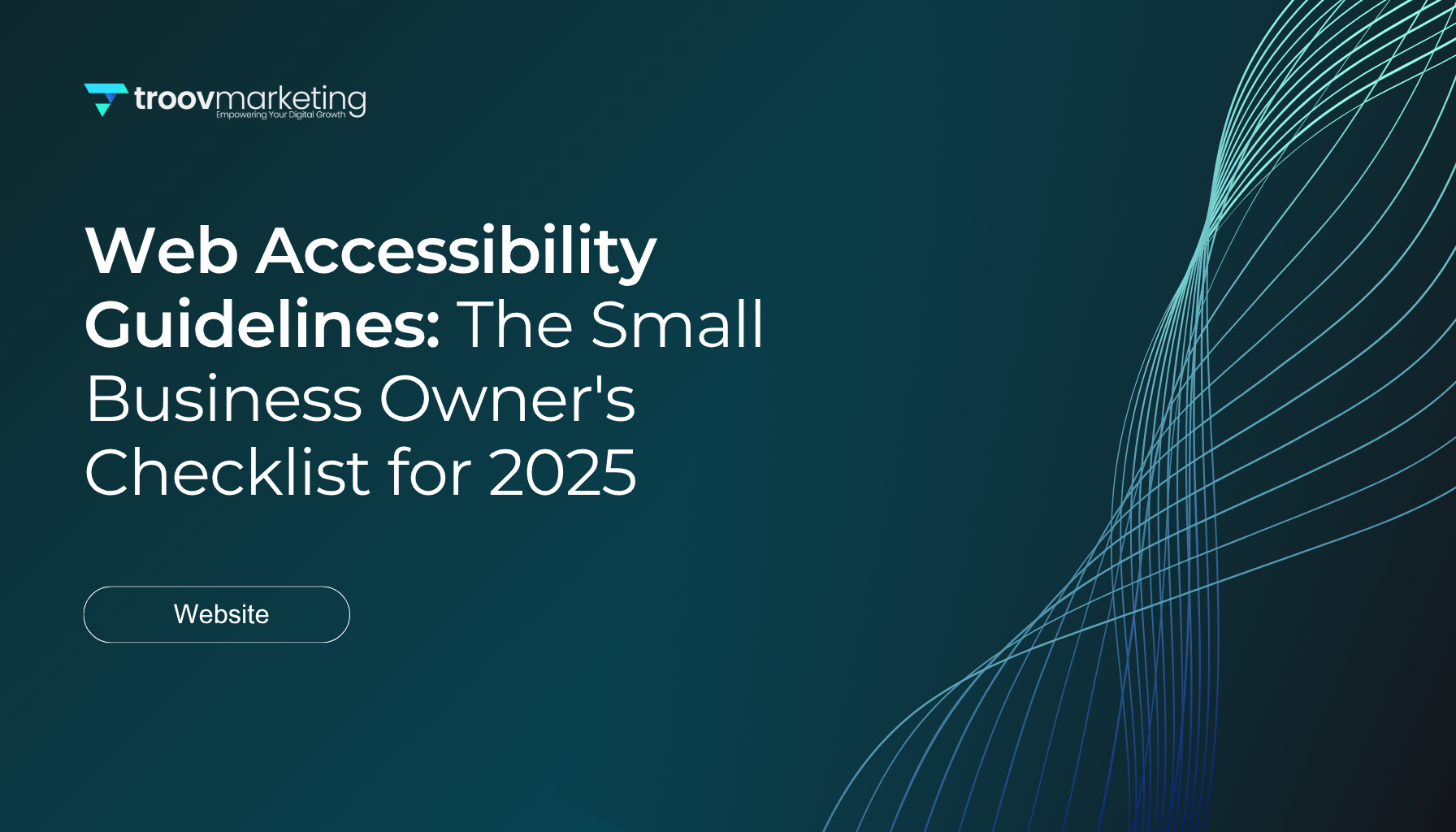Web Design Melbourne: The Ultimate Guide to Creating a Stunning Business Website in 2025
Web Design Melbourne: The Ultimate Guide to Creating a Stunning Business Website in 2025
Melbourne's web design experts boast an impressive 4.9 average rating from 446 reviews across 41 businesses. These numbers demonstrate the value of a strong digital presence in today's competitive world. Finding the perfect partner to build your business website can be tricky, given the range of pricing models and service packages available.
The best web design companies in Melbourne specialize in specific industries. To cite an instance, local agencies excel in eCommerce, healthcare, and technology sectors. The top web design agencies in Melbourne will be upfront about additional costs. They also use a well-laid-out review process that ensures your project's success.
This detailed guide covers everything about Melbourne's custom web design services. You'll learn to plan website goals, structure content, and build a lasting digital presence. The information here will help you direct the entire process confidently, whether you need your first business website or plan to redesign in 2025.
Planning Your Website: Goals, Audience, and Structure
Planning is the life-blood of any successful website project. Taking time to set clear goals, understand your audience, and lay out your structure will save you both time and money down the road. This groundwork needs to happen before you jump into design elements or code.
1. Define your business goals
Your website should mirror your business mission and objectives. A website without clear goals becomes just another digital storefront that leads nowhere [1]. Your website needs to work for both your business and audience. Start by defining what success looks like through SMART goals:
- Specific: Clearly define what you want your website to achieve
- Measurable: Set quantifiable targets you can track
- Achievable: Ensure goals match what your company can realistically accomplish
- Relevant: Match your overall business strategy
- Time-bound: Set specific timeframes for achievement
Ask yourself: "What is my business's main goal?" Then, list three supporting objectives [1]. Lead generation, brand awareness, sales, and customer retention are common website objectives [1]. Your next step is to figure out how your website will help achieve each goal.
2. Identify your target audience
Understanding your target audience makes web design work better. Research shows that not defining your target audience sets you up to fail [2]. Your target audience is that specific group of people who are most likely to want what you're selling.
Your target market analysis should look at these key factors:
- Age, gender, location
- Education level and profession
- Income level and buying habits
- Problems and pain points
- Media consumption patterns [3]
Creating buyer personas is a great way to organize this data. These detailed profiles represent your ideal customers [2]. They help you shape your website design around specific needs instead of trying to please everyone.
3. Map out your website structure
A well-laid-out website helps both users and search engines. Sites without defined structure end up as random collections of pages and blog posts [4]. Good structure makes it easy for visitors to find their way around and tells search engines which content matters most.
Start with a sitemap that shows your page hierarchy. Most websites use a pyramid structure with:
- Homepage at the top
- Main categories or sections
- Subcategories (for larger sites)
- Individual pages and posts [4]
Your homepage should work as a navigation hub that links to your most important pages [4]. The structure type should match your business needs – hierarchical for product sites, sequential for courses, or database structure for dynamic content [5].
4. Choose between template and custom web design
Melbourne businesses face this vital decision during website planning. Each approach brings its own benefits depending on your situation.
Custom website design gives you unique branding, flexibility, and advanced functionality. Businesses that are scaling up and handling high traffic volumes find this option ideal [6]. These sites deliver better user experience, improved responsivity, and allow for advanced SEO implementation [6].
Template websites cost less and build faster with pre-designed elements. They work well for startups and small businesses with basic website needs and tight budgets [6]. But templates limit your customization options and might not work as smoothly [6].
Custom websites might cost more upfront but often prove more valuable over time. A template might do the job if you have straightforward needs, tight deadlines, or budget constraints [7].
Working with a Web Design Agency in Melbourne
Choosing the right web design agency in Melbourne starts your website experience. After making your choice, you need to understand what happens next and how to work together productively.
1. What to expect from a web design agency
Professional web design agencies in Melbourne use a well-laid-out approach to website development. The process starts with a discovery phase. You'll meet with the agency to discuss your current website, future goals, and problems that need solving. The agency will research your business and industry thoroughly. This research phase is often called a "Discovery" or "Power Plan" process.
The creative phase comes next. Content writers create material that lines up with your brand voice. Designers develop mockups and wireframes. The development team turns these designs into working code. The project launches after everyone approves the final product. The agency then monitors performance against goals set at the start.
A dedicated project manager watches over everything and acts as your main contact point to make sure everything runs smoothly. Good agencies keep communication open with regular updates about timelines, tasks, and milestones.
2. Questions to ask before hiring
Start by asking about their experience with similar projects: "What types of websites have you developed for clients in my industry?" and "Can I see examples of your work for similar businesses?" These questions help you see if they have the right expertise for your needs.
Learn about their project management style: "What process do you follow?" and "How will you keep me updated on progress?" The best agencies use specialized software to make processes simple and track milestones.
You should discuss ownership clearly: "Do I own my website?" and "What happens if I want to move my website to another company?" Your investment needs protection, and you should know about website portability.
The technology matters too: "Which Content Management System will you use?" WordPress and other popular options give you more support, but proprietary systems might limit your choices later.
Make sure you understand ongoing costs and support: "What are the likely ongoing costs?" and "Do you offer support outside business hours?" This helps avoid surprise expenses and ensures you can get help when needed.
3. How to work together effectively during the project
Good teamwork starts with clear communication about your vision, ideas, and expectations. Show examples of websites you like and point out specific features you admire.
Give quick and helpful feedback throughout the process. Your comments should be specific and include examples instead of vague directions.
Note that website development works best as a shared experience. Projects soar when clients and agencies become partners rather than staying in a strict client-vendor relationship. Trust the agency's expertise while keeping your vision clear.
Stick to agreed timelines and answer questions or requests quickly. Your content or feedback delays can affect the whole project schedule.
The best results come from keeping all communications in one place. Everyone stays on track this way, and you'll have a clear record of all project decisions.
Designing for Impact: Visuals, UX, and Branding
People judge your website's looks faster than you might realize. Research shows visitors make up their minds about your website in just 50 milliseconds (0.05 seconds) [8]. This snap judgment shapes their decision to explore further or leave right away.
1. Creating a strong first impression
The way visitors see your site at first glance makes all the difference. Studies prove better first impressions keep people on your site longer [8]. Visitors spend their time looking at these key elements:
- Your business logo (6.48 seconds)
- Main navigation menu (6.44 seconds)
- Search functionality (6+ seconds)
- Main imagery (5.94 seconds)
- Written content (5.59 seconds) [8]
These elements deserve special attention in your web design Melbourne project to create lasting impact. Note that 94% of first impressions come from design elements [8]. Professional design builds trust and keeps visitors engaged.
2. Aligning design with your brand identity
Your website needs to match your brand's look and feel everywhere. A consistent brand experience helps build your business's reputation [9]. On top of that, 81% of customers say they must trust a brand before buying [9].
Your website should appeal to your customers rather than just yourself. Successful brands in the digital world know themselves well, focus on customers, and welcome feedback [9]. The best web design agency Melbourne provides will showcase your branding, style guide, mission statements, and brand personality throughout your website.
3. Prioritizing user experience and accessibility
Web design focuses on making everything work well and serve a purpose. Users read only 28% of words during their visit [10]. Clear, scannable content with visual elements helps visitors find what they need [9].
Everyone benefits from accessible design. About 15-20% of people worldwide live with some form of disability [11]. Smart visual choices help all users navigate and understand web pages better. Good design includes proper color contrast, clear navigation, and keyboard-friendly interfaces [11].
4. Mobile-first and responsive design principles
Mobile devices generate 60% of global page views today [10]. Custom web design Melbourne services start with mobile screens first before adapting to larger displays [1].
This strategy brings several advantages:
- Better user experience through efficient design
- Improved SEO rankings (Google favors mobile-friendly sites)
- Quicker loading on mobile networks
- Wide compatibility across devices [1]
People check their phones 58 times daily and spend about 3 hours and 15 minutes on them [1]. Businesses looking for ecommerce web design Melbourne experts must embrace responsive design as a basic requirement.
Optimizing for Performance and Search Engines
The digital marketplace shows how performance optimization can determine your website's success. Sites in Google's top position capture 95% of search traffic [12]. This makes proper optimization vital for any web design Melbourne project.
1. SEO best practices for 2025
On-page SEO creates better user experiences while helping search engines. Your optimization will work better when you:
- Use semantic HTML and follow accessibility standards
- Create relevant, high-quality content addressing user needs
- Implement proper keyword strategy without overstuffing
- Optimize site structure with consistent URLs and proper sitemaps [13]
Technical SEO fundamentals are vital but often overlooked. Your web design agency Melbourne partner should optimize crawling, fix broken links, and implement mobile-friendly design to improve rankings [14].
2. Fast-loading pages and performance tools
Site speed directly affects your profits. Walmart found that a one-second improvement in page load time increased conversions by 2% [12]. This means substantial revenue for ecommerce web design Melbourne businesses.
These performance tools are essential:
- Google PageSpeed Insights for speed analysis and improvement recommendations
- GTmetrix for detailed breakdowns of page content and load times [15]
- Chrome DevTools for technical performance insights
3. Structuring content for readability and ranking
Good content structure helps both users and search engines. You should break up text into digestible chunks with headings, bullet points, and images to create scannable content [14]. Headings do more than organize—they help search engines understand your content hierarchy [16].
Note that users typically read only 28% of words during an average visit. This makes clear, skimmable content organization vital in custom web design Melbourne projects.
4. Using analytics to track success
Success measurement starts with defining what success means for your specific business goals [3]. You should track key metrics based on your objectives.
Monitor time spent on page, pages per visit, and bounce rates to measure engagement. Track completed forms, newsletter signups, and purchases to measure conversions [3].
Google Analytics gives you vital insights into your best-performing pages. This allows your web design company Melbourne to copy successful elements across your site [2]. Linking Google Ads with Analytics helps you see the complete customer path from first interaction to purchase.
Launching and Maintaining Your Website
A website's lifecycle begins, not ends, with its launch. Your site needs proper launch procedures and regular maintenance to succeed long-term, whatever its design quality.
1. Pre-launch checklist
The quality assurance check must happen before launch. This vital step will give a smooth start to your web design Melbourne project:
- Remove all placeholder text and proofread content
- Check all links work and forms submit correctly
- Test website on multiple devices and browsers
- Set up web analytics tools to track performance
- Create a backup of your website
A detailed prelaunch checklist stops small details from slipping away [17]. This preparation makes the transition to your live environment easier while protecting your brand image.
2. Post-launch testing and feedback
Your site needs a bug-reporting system right after going live. Stakeholders should report any issues they find [18]. Quick checks for broken links, 404 errors, and formatting issues become crucial. The immediate post-launch period matters most—even the best-planned websites hit a snag or two [18].
User testing offers a great way to get insights into how actual visitors use your new web design agency Melbourne creation. Both moderated tests (with interviewer guidance) and unmoderated tests (for natural data) help find issues like confusing navigation or friction points [19].
3. Ongoing maintenance and updates
Website maintenance tasks fall into these categories:
- Security updates: Install patches quickly to stop vulnerabilities
- Content refreshes: Keep information fresh and engaging
- Performance monitoring: Study analytics data to optimize
- Backup procedures: Regular backups stop catastrophic data loss [20]
The maintenance should follow a clear schedule—daily backups, weekly updates, monthly content refreshes, and quarterly performance reviews work best [21].
4. When to think about a redesign
Websites typically need updates after 1.5-2.5 years [22]. Experts suggest reviews every two to three years [5]. Time for a redesign comes when:
- Your site looks dated
- Mobile users struggle
- Pages load slowly
- Conversion rates drop
- Content updates become hard [4]
Custom web design Melbourne services help you decide between a full redesign or just updating elements like graphics, fonts and brand colors [18].
Conclusion
A stunning business website needs careful planning, thoughtful design, and constant attention. Your website acts as your business's digital face. Professional web design Melbourne services will boost customer trust and conversion rates.
Your website's success story starts after launch. Regular updates, performance checks, and fresh content keep it relevant. Design trends and user preferences change rapidly. Most businesses update their website design every two to three years.
Great websites strike the perfect balance between looks and usability. Beautiful visuals grab attention instantly. User-friendly navigation and quick loading times keep visitors on your site. On top of that, mobile-friendly design has become essential since mobile devices generate over 60% of global traffic.
The right web design partner can transform your digital presence. Top agencies blend technical skills with creative ideas and maintain open communication throughout your project. They turn your business goals into digital experiences that appeal to your target audience.
Take time to define your goals before starting your web design project. Know your audience well. Plan your site structure carefully before picking design elements. These foundations will shape your decisions and help create a website that serves your business well into 2025 and beyond.
Key Takeaways
Here are the essential insights for creating a successful business website in Melbourne that drives results and engages your target audience:
• Plan strategically before designing: Define SMART goals, identify your target audience through buyer personas, and map your website structure to ensure every element serves your business objectives.
• Prioritize mobile-first responsive design: With 60% of global traffic from mobile devices, design for smaller screens first then scale up to create optimal user experiences across all platforms.
• Focus on performance and SEO fundamentals: Fast-loading pages (improving by 1 second can boost conversions by 2%) and proper SEO implementation are crucial for visibility and user satisfaction.
• Choose the right agency partnership: Look for Melbourne web design agencies with industry experience, clear communication processes, and transparent pricing to ensure project success.
• Maintain your website post-launch: Regular updates, security patches, content refreshes, and performance monitoring are essential - most websites need redesigning every 2-3 years to stay competitive.
Remember that your website is a living digital asset that requires ongoing attention. The most successful websites balance stunning visuals with functionality, ensuring every design decision supports both user experience and business goals. Whether you choose custom or template design, the key is creating a site that builds trust, converts visitors, and grows with your business.
FAQs
Q1. How often should I update my business website? Most websites need a refresh every 2-3 years to stay current with design trends and user expectations. However, you should perform regular maintenance, including content updates, security patches, and performance checks on a more frequent basis.
Q2. What are the key elements to focus on for a strong first impression? To create a strong first impression, focus on your business logo, main navigation menu, search functionality, primary imagery, and written content. These elements typically receive the most attention from users in the first few seconds of visiting a website.
Q3. Is mobile-friendly design really that important? Yes, mobile-friendly design is crucial. With over 60% of global web traffic coming from mobile devices, adopting a mobile-first approach ensures your website provides an optimal user experience across all platforms and can improve your search engine rankings.
Q4. How can I improve my website's loading speed? To improve loading speed, optimize images, minify CSS and JavaScript, leverage browser caching, and use a content delivery network (CDN). Even a one-second improvement in page load time can significantly increase conversions and user engagement.
Q5. What should I consider when choosing between a template and custom web design? When deciding between a template and custom web design, consider your budget, timeline, and specific business needs. Templates are generally more affordable and quicker to implement, suitable for startups or small businesses with standard website requirements. Custom designs offer unique branding, flexibility, and advanced functionality, ideal for scaling businesses or those with complex needs.
